How to Build Scalable Marketing Strategies for Tech Companies
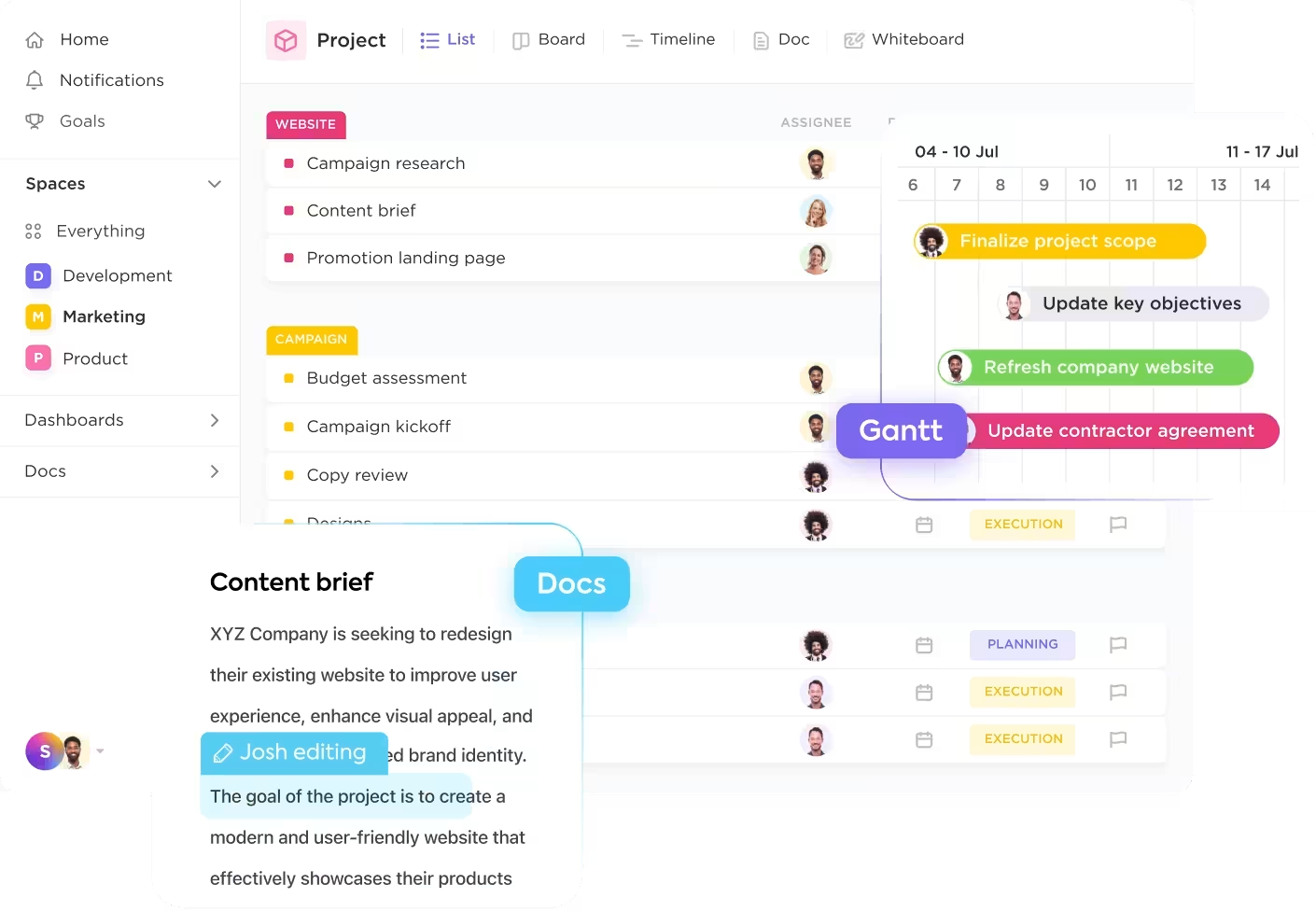
Sorry, there were no results found for “”
Sorry, there were no results found for “”
Sorry, there were no results found for “”

Over 70% of B2B buyers fully define their needs before ever reaching out to a vendor. And nearly half already have a shortlist in mind.
In a world where first impressions happen long before a sales conversation, your marketing strategy can’t just be good—it has to be smarter, faster, and more focused on customer experience than ever.
For digital tech companies navigating fast-paced markets and complex buyer journeys, traditional tactics just don’t cut it anymore.
In this blog, we’ll explore the most effective modern marketing strategies that help tech brands not only get noticed but stay relevant and grow sustainably in today’s digital-first economy.
So, how do you build a marketing plan you can scale across teams, markets, and platforms? Let’s get into it.
The Strategic Marketing Plan Template by ClickUp helps you map out clear goals, target audiences, key campaigns, and performance metrics.
Marketing a tech company isn’t just about showing up online—it’s about connecting complex products with real-world problems, in a language your audience actually understands.
A one-size-fits-all approach won’t work. Tech brands need tailored marketing strategies that address their unique mix of innovation, scale, and constant iteration. Here’s why:
Marketing for technology and software companies requires a nuanced approach that balances technical depth with engaging storytelling.
Here are ten key marketing strategies tailored for both B2C and B2B tech companies:
Instead of pushing products, educate users. Tech marketers should build thought leadership through blogs, whitepapers, videos, and case studies that break down complex topics.
Create content hubs based on stages of the buyer’s journey, aligned with core marketing KPIs like time-on-site and conversion rate.
📌 Example
Ahrefs is one of the best content marketing examples for technology products. Their educational blog posts and YouTube tutorials help users understand SEO before exploring their tool.
Such efforts improve organic traffic and lead generation, while helping companies build trust.
Influencer marketing for tech companies isn’t about celebrity clout—it’s about trust and expertise. Tech buyers are discerning, especially in the B2B space.
That’s why successful technology and software companies collaborate with industry educators, SaaS consultants, and technical creators who speak the same language as their target audience.
This helps them boost product adoption, generate leads, and establish deep brand authority. Content from experts doesn’t feel like an ad; it feels like a recommendation from a colleague.
📌 Example
Take HubSpot, for example. Instead of pushing splashy influencer campaigns, they partner with sales and marketing professionals across YouTube and LinkedIn. These creators publish CRM tutorials, inbound strategy walkthroughs, and marketing tech reviews that directly target HubSpot’s ideal users.
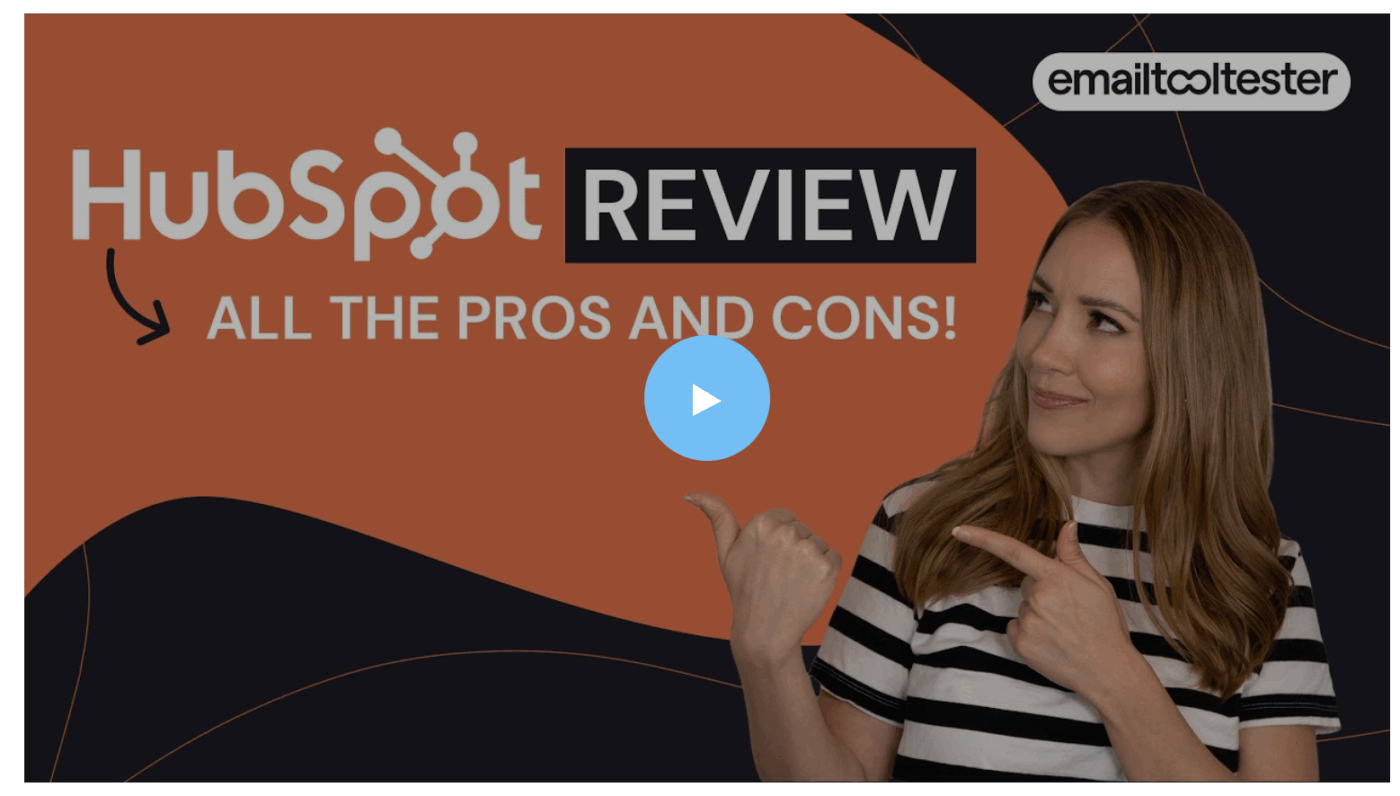
SEO isn’t optional—it’s foundational. High-quality content, technical optimization, and link-building drive organic traffic, lower acquisition costs, and improve marketing KPIs.
Tools like Surfer SEO help tech marketers reverse-engineer competitor content and rank fast. These blend AI with data science to help tech marketers create content that ranks.
📌 Example
Hostinger used Surfer SEO to scale SEO content production efficiently, increasing organic traffic by over 200K monthly visitors.
Leveraging Surfer’s Content Editor and Audit Tool, their team optimized content at scale, aligned with on-page SEO best practices, and improved keyword targeting, helping them dominate competitive SERPs in the web hosting space.
📖 Also read: How to Create a Content Marketing Management Plan
Segmenting users by behavior or lifecycle stage is essential for effective email marketing in technology and software companies.
It allows tech marketers to deliver highly personalized, timely messages that guide users toward product adoption.
📌 Example
Canva excels at this—its email flows are tailored to where users are in their journey. New sign-ups get curated onboarding sequences to improve activation rates, while engaged users receive updates about templates or newly released features that match their usage patterns.
These behavior-based automations significantly improve KPIs like engagement, retention, and customer satisfaction.
📮 ClickUp Insight: Only 10% of our survey respondents regularly use automation tools and actively seek new opportunities to automate.
This highlights a major untapped lever for productivity — most teams are still relying on manual work that could be streamlined or eliminated.
ClickUp’s AI Agents make it easy to build automated workflows, even if you’ve never used automation before. With plug-and-play templates and natural language-based commands, automating tasks becomes accessible to everyone in the team!
💫 Real Results: QubicaAMF cut reporting time by 40% using ClickUp’s dynamic dashboards and automated charts—transforming hours of manual work into real-time insights.
PLG flips the funnel, letting the product itself drive marketing efforts. Your product becomes the star marketer, playing a leading role in acquiring, retaining, and delighting customers.
The built-in sharing mechanism in the PLG approach turns users into distribution channels, significantly lowering CAC (customer acquisition cost) and improving retention.
📌 Example
Figma uses PLG, offering a free tier that encourages sharing and collaboration, generating exponential organic traffic. They made it effortless for users to invite teammates, clients, or stakeholders directly into the design process.
This viral loop, where each new project naturally pulls in more users, created massive organic traffic and accelerated product adoption without traditional marketing spend.
Paid marketing offers instant visibility, but tech marketers must constantly test ad messaging, audiences, and creatives.
🧠 Fun fact: In 1477, William Caxton, England’s first printer, created what’s considered the earliest surviving printed advertisement in English. This small handbill promoted his edition of the Sarum Ordinal, a handbook for priests. Displayed outside his shop near Westminster Abbey, the ad invited readers to purchase the book “good chepe”—meaning at a good price. This clever piece of marketing not only showcased the book but also the very printing technology Caxton was pioneering.
Live events let tech companies interact directly with their target audience.
These sessions double as both education and lead generation tools, especially when repurposed into blogs, social clips, or email series. Measure attendance, engagement, and post-event conversions.
📌 Example
Many SaaS brands, including ClickUp, hold regular webinars with customers and product experts to showcase real-life applications. Explore ClickUp’s webinars.

A strong user community does far more than answer support questions. It becomes a powerful marketing strategy for technology companies looking to scale trust, visibility, and engagement.
Eventually, some community members evolve into brand ambassadors. They teach and support others, and help increase product adoption, reduce churn, and foster loyalty. This directly impacts key marketing productivity metrics such as retention and active usage.
📌 Example
Platforms like Amazon Web Services have built thriving ambassador programs where passionate users write tech blogs, host workshops, share tutorials, and promote the product organically across social channels.
Happy customers aren’t just proof that your product works—they’re one of your most valuable marketing channels.
Sharing their wins through detailed case studies, quotes, and real success stories helps build trust with future buyers.
📌 Example
Gong does this brilliantly. Their customer stories highlight how sales teams hit record numbers using the platform. Each story reads like a mini playbook, with concrete results, team insights, and direct quotes from users.
These aren’t generic testimonials; they show exactly how Gong helped solve real problems and improve performance.
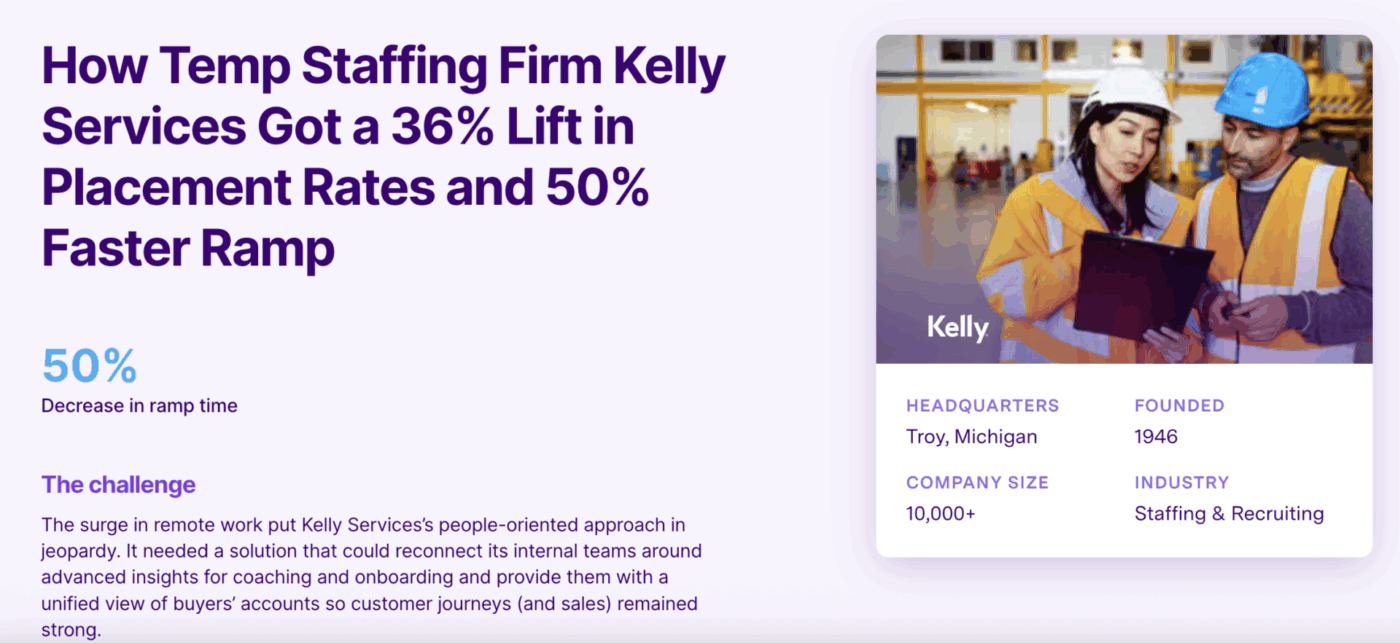
Platforms like TikTok, LinkedIn, and Instagram reward creative, relatable content that feels human, not corporate.
Brands can use trending audio, memes, and creator collaborations to spark engagement and reach non-traditional audiences who may not be actively searching for tech solutions but discover your product naturally through their feed.
📌 Example
Canva is a standout example of how a technology company can turn social media into a powerful growth engine.
On TikTok, Canva uses short, fast-paced videos that show quick design tips, user hacks, and humorous takes on everyday creative struggles. These clips aren’t focused on selling, they’re focused on helping, entertaining, and staying relevant.
Here’s some social media marketing advice from ClickUp’s own marketing team!
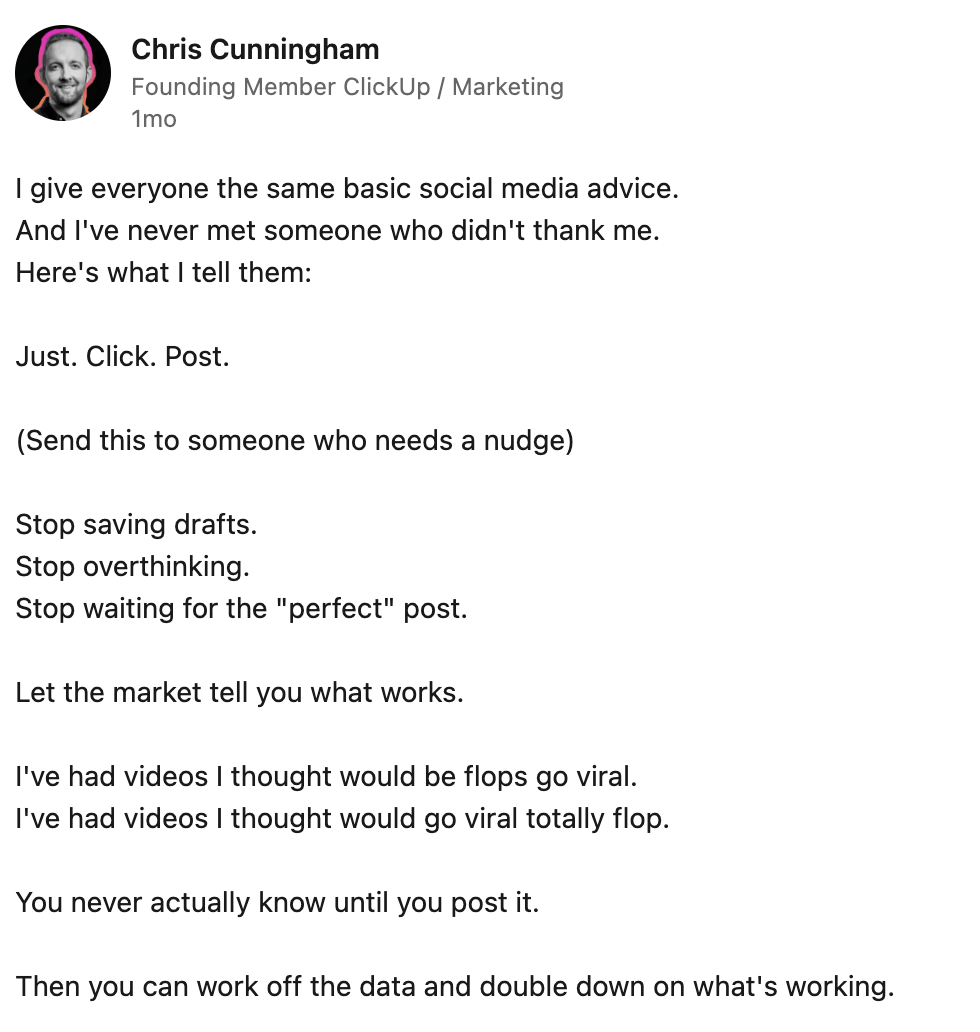
📖 Also read: Best Enterprise Marketing Automation Software
Marketing a tech product has a lot of moving parts—from campaign planning and content creation to refining messaging and managing the marketing timeline. With competition getting tighter, having the right tools isn’t just helpful, it’s essential.
ClickUp is the everything app for work that combines project management, knowledge management, and chat—all powered by AI that helps you work faster and smarter.
As Chelsea Bennett, Brand Engagement Manager at Lulu Press, puts it:
A project management platform is essential for a marketing team, and we love that it helps us stay connected to other departments. We use ClickUp literally every day, for everything. It has been very helpful for our creative team and has made their workflow better and more efficient.
ClickUp for marketing teams brings everything into one place—tasks, assets, calendars, approvals, and data—so no one’s digging through emails or juggling multiple platforms.
Here’s how tech marketing teams can use ClickUp to build a strong brand and hit their goals.
Tech companies operating in fast-paced environments need structure to scale their marketing process without sacrificing agility.
The ClickUp Strategic Marketing Plan Template gives marketing leaders a framework to align strategy with execution.
Once your strategy is set, campaign execution needs clarity and control.
The ClickUp Marketing Campaign Management Template is designed for technology marketing teams managing multiple launches or seasonal pushes.
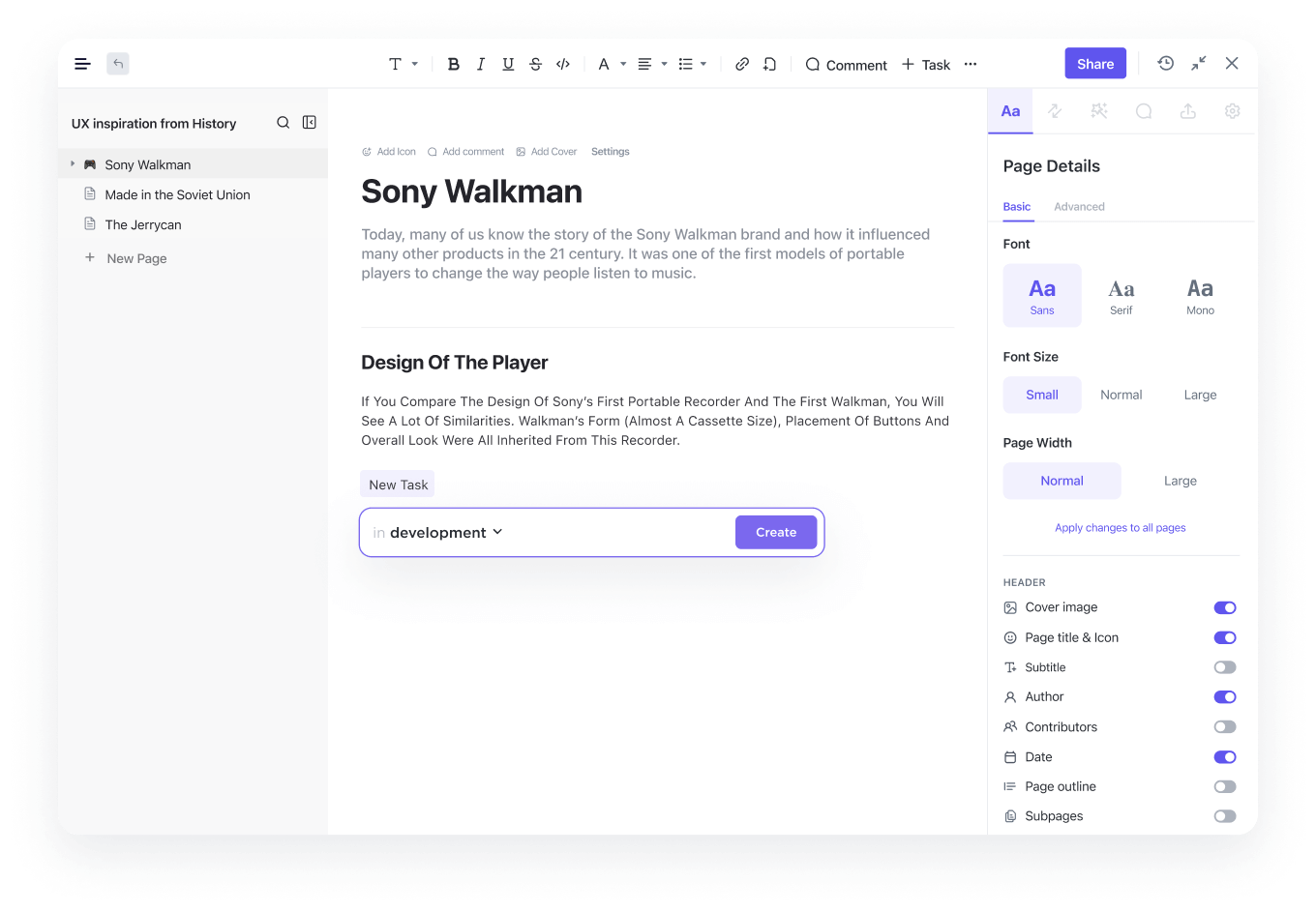
ClickUp Docs is where your tech marketing brain lives. From product messaging to launch calendars, it’s built for teams who juggle SEO, email workflows, growth strategies, and a lot more.
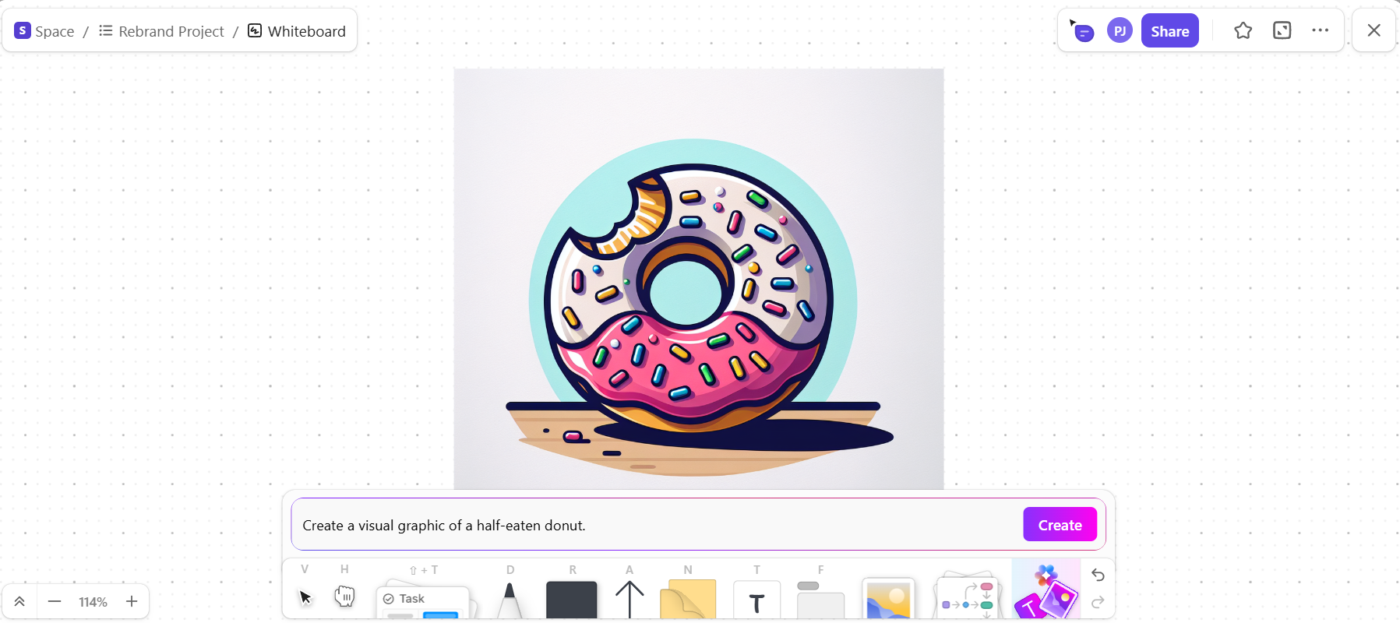
ClickUp Whiteboards is your creative sandbox—perfect for ideating growth loops, campaign funnels, and user journeys without limits.
Together, docs and whiteboards help tech marketers think big and build fast.
📖 Also read: Essential Tech Newsletters to Keep You Updated
ClickUp Brain’s AI writing assistant helps tech marketers transform scattered thoughts and half-formed ideas into well-structured, brand-aligned email content, without jumping between tools or tabs.

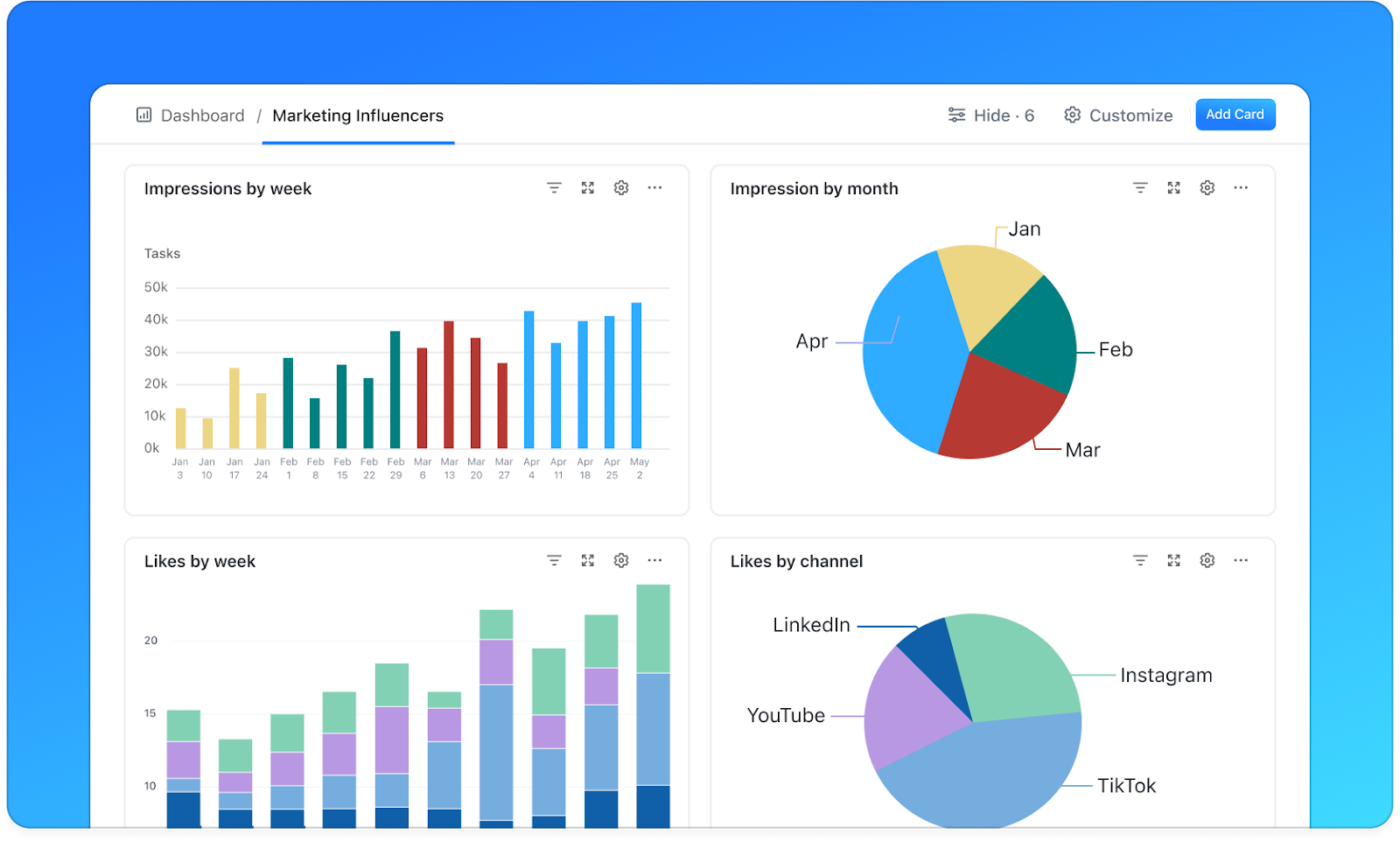
ClickUp Dashboards help you monitor everything from your product adoption curve to campaign performance.
For example, if you’re running social media campaigns, you can set up a dashboard that shows:
The best part? These numbers update automatically as new data comes in. No more manual data entry or outdated spreadsheets with 200+ native integrations with HubSpot, Miro, Notion, GSuite, and more.
👀 The top marketing KPIs for tech companies
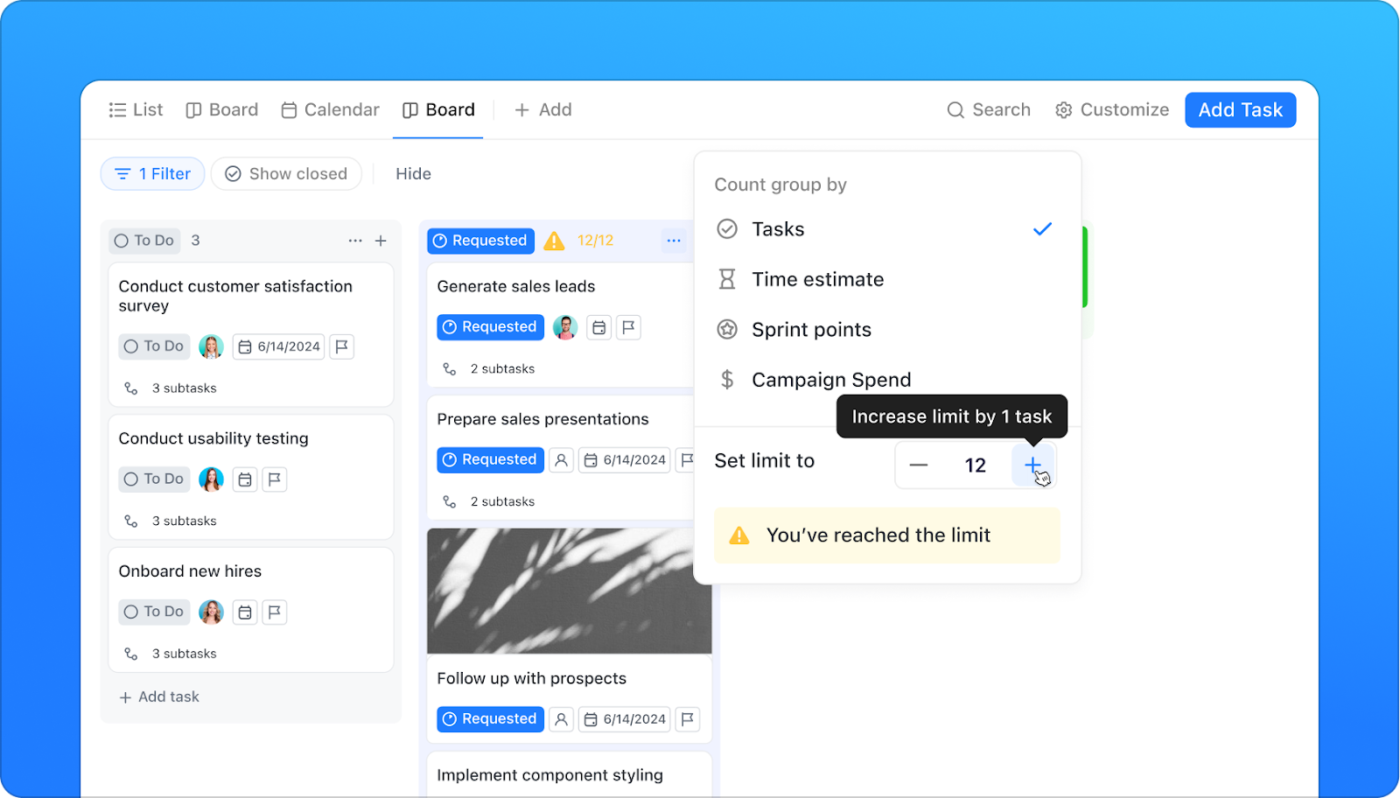
Picture this: You’re running three parallel launches—one for a new product feature, one for an integration partner, and one for a thought leadership webinar.
ClickUp’s Kanban View gives you a clear, drag-and-drop visual of where each task sits. Set up columns like:
Now you can spot trouble areas without needing a status call. If you notice design tasks are piling up in one column, it’s a signal. Maybe a designer is stretched thin. Maybe the brief wasn’t clear. Either way, you know where to dive in.
💡 Pro Tip: Here’s how the marketing team at ClickUp uses ClickUp!
📖 Also read: Growth Marketing Strategies to Scale Your Business
Tech companies are often at the forefront of innovation, but marketing that innovation? That’s a different game. Fast product cycles, complex value propositions, and ever-shifting customer needs create a minefield of messaging misfires and missed opportunities.
Below are the most common challenges tech marketers face, and how to tackle them head-on.
1. Too much tech, not enough clarity
Tech products are often packed with features that aren’t communicated well enough to solve the problems people face daily.
🎯 What helps:
💡 Pro Tip: ClickUp’s Product Positioning Template can help you effectively communicate your product benefits to your audience.
2. Blending in with the crowd
When every company is shouting innovation, it’s hard to nail the production adoption curve.
🎯 What helps:
💡 Pro Tip: Starting your first company podcast? Get these free podcast templates to cut down your to-do list
3. Leads take forever to convert
Long buying cycles and multiple decision-makers slow everything down.
🎯 What helps:
💡 Pro Tip: Try this guide to creating effective sales enablement content
4. Sales and marketing don’t talk enough
When these teams aren’t aligned, messaging gets lost and leads get cold.
🎯 What helps:
💡 Pro Tip: The Sales and Marketing Plan Template by ClickUp helps marketing and sales teams align around shared goals
5. Everything keeps changing
Today it’s AI, tomorrow it’s community marketing. Keeping up is exhausting.
🎯 What helps:
💡 Pro tip: Reddit isn’t just another social feed—it’s where passionate, expert users hang out. Successful brands treat it not as an ad channel but as conversations worth listening to. Reddit users are highly engaged and skeptical of marketing. 90% of users trust the platform to learn about new products and brands.
Building scalable digital marketing strategies for tech companies needs a solid foundation. A central place where your team can plan, create, track, and improve campaigns. That’s where a marketing hub comes in handy.
ClickUp is a complete marketing hub that gives tech marketers a real edge. Its intuitive collaboration features help teams map out project priorities, create detailed client proposals, and align around shared goals.
Want to measure success? ClickUp’s customizable dashboards show real-time campaign performance with over 40 different visualization options. Plus, you can view your work in the style that fits your workflow best.
With in-built AI and Autopilot Agents at your command, and hundreds of templates to save time and effort, you can just focus on being creative and strategic marketers!
Ready to build marketing strategies that actually work? Sign up on ClickUp today!
© 2026 ClickUp